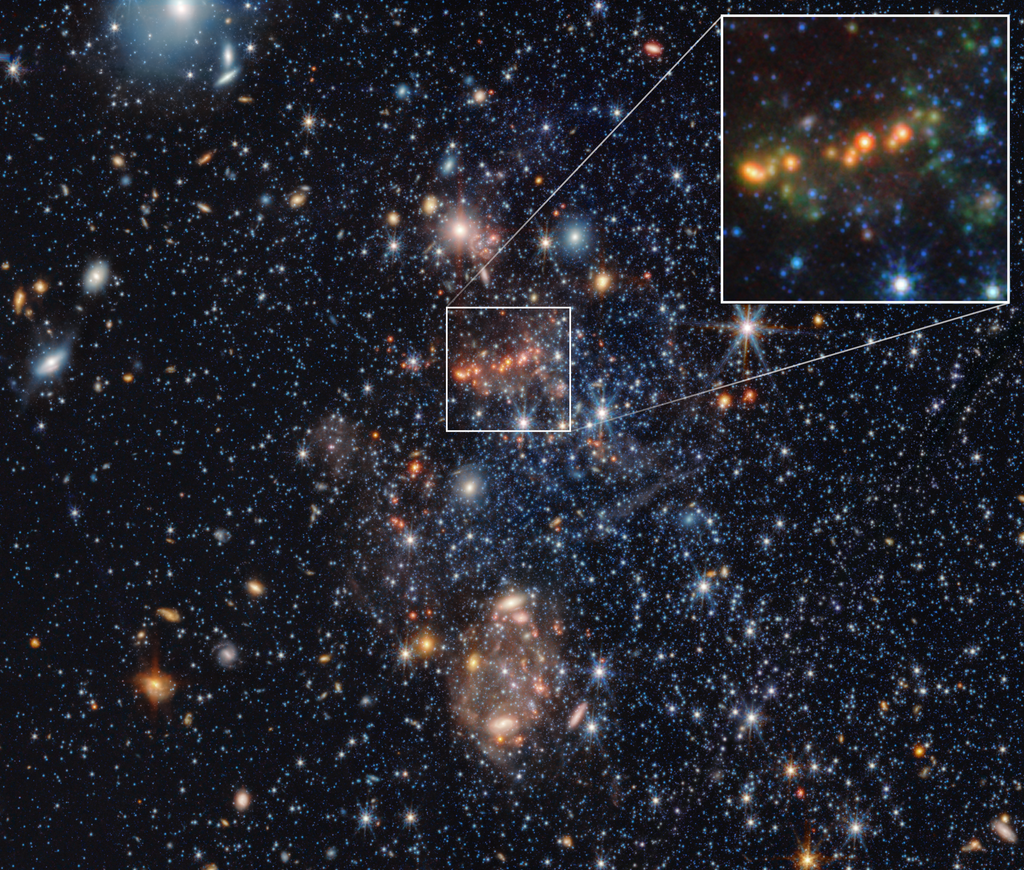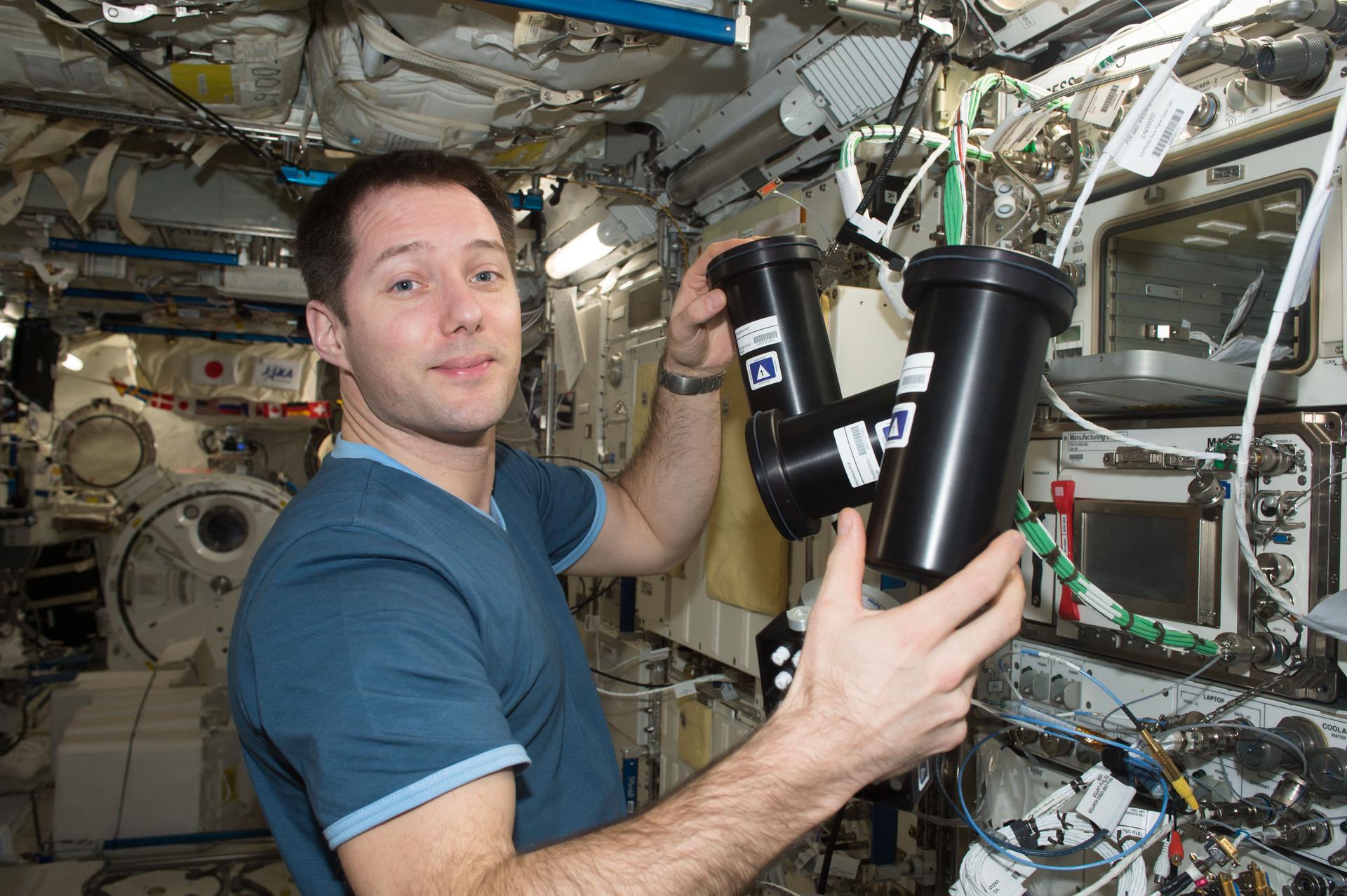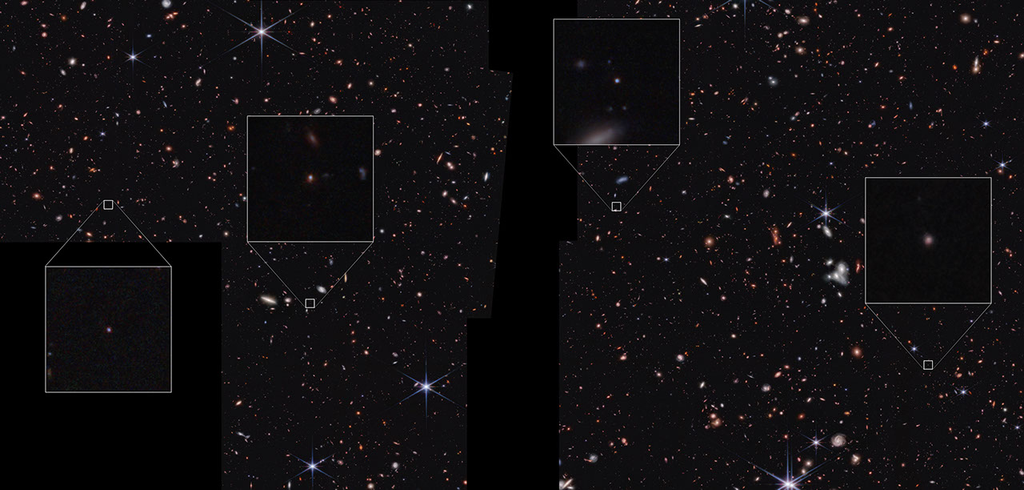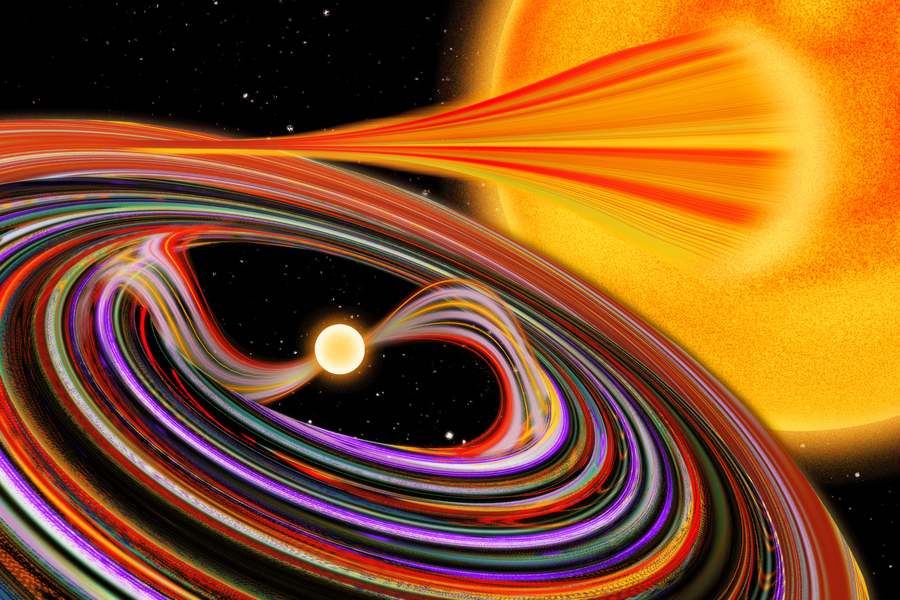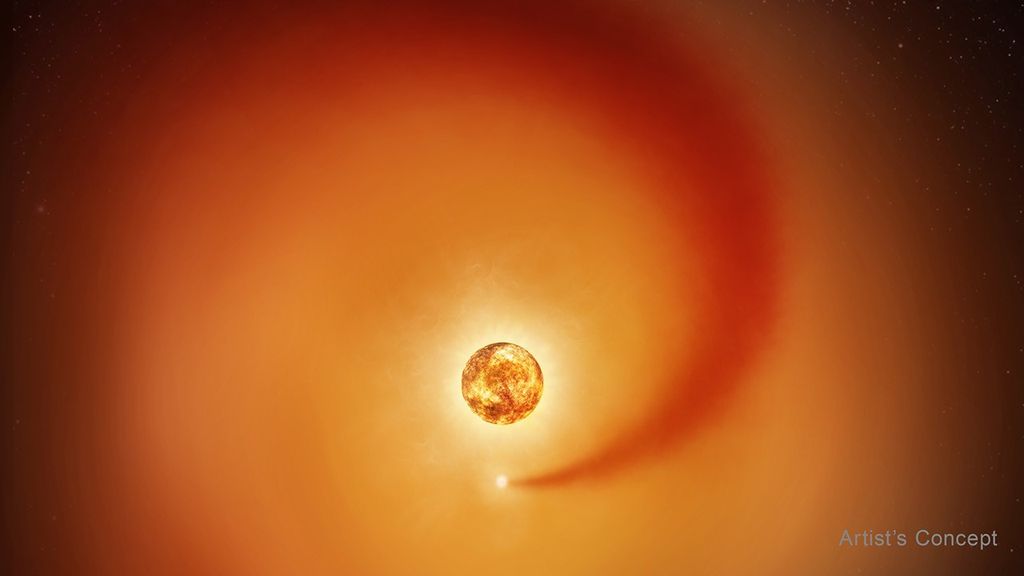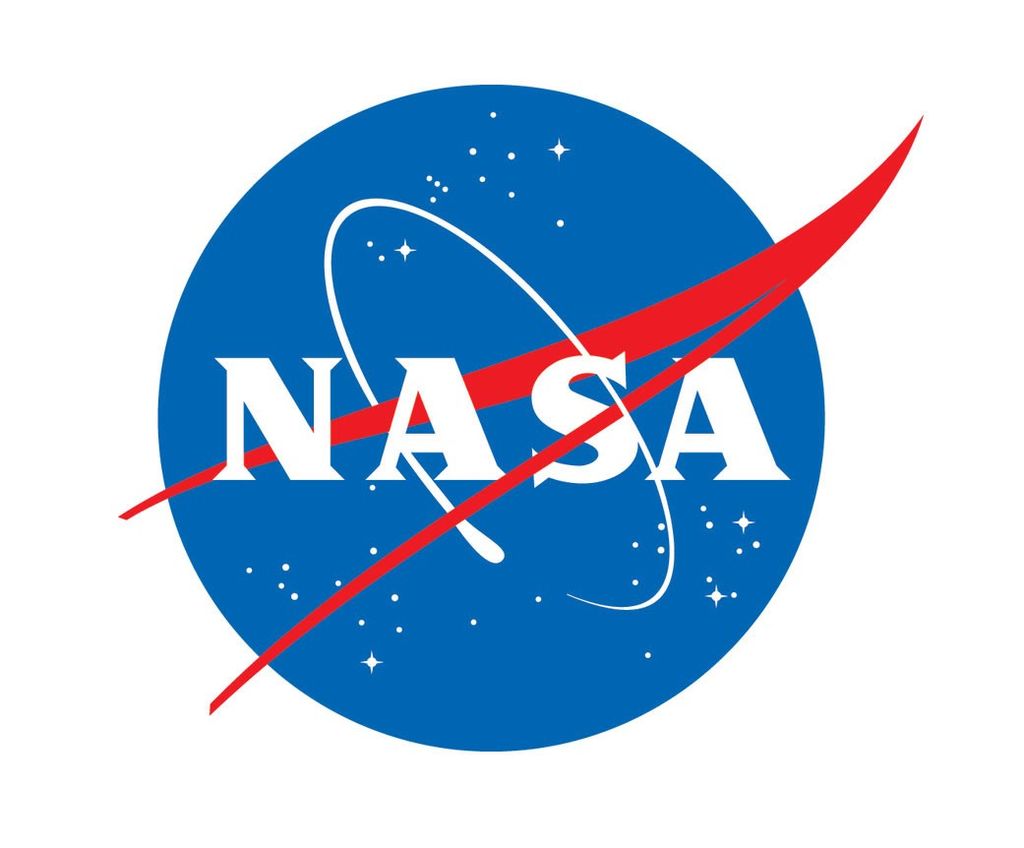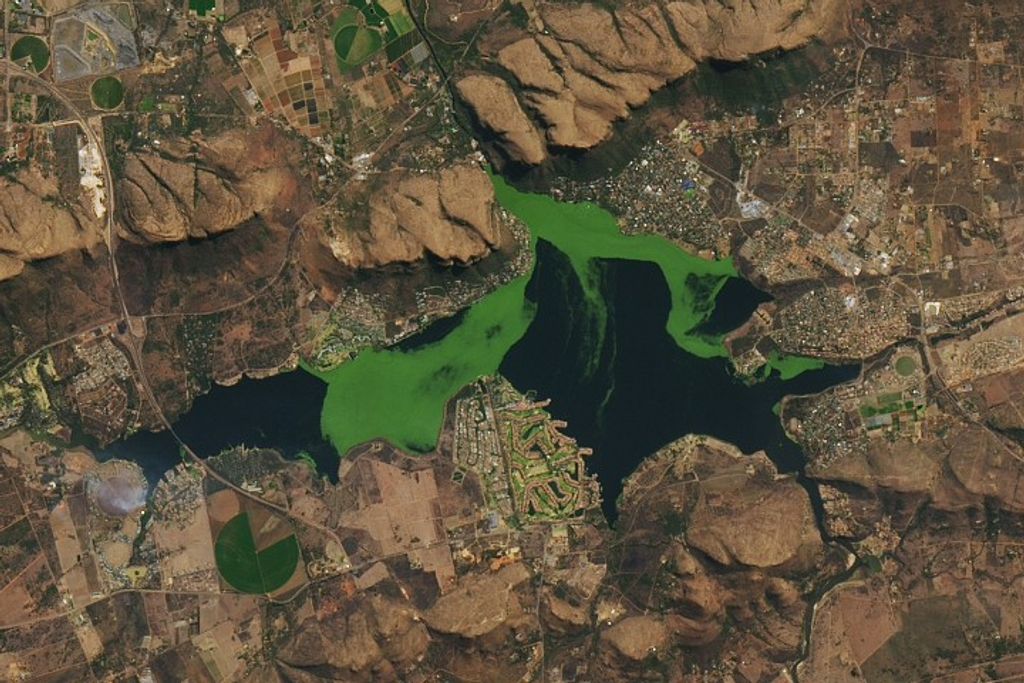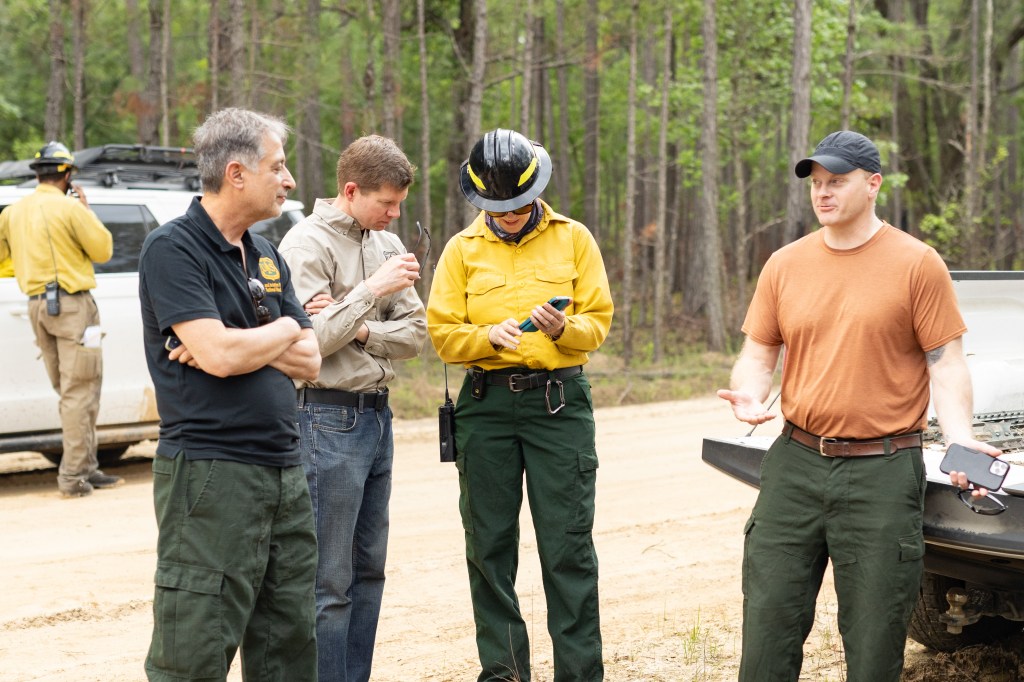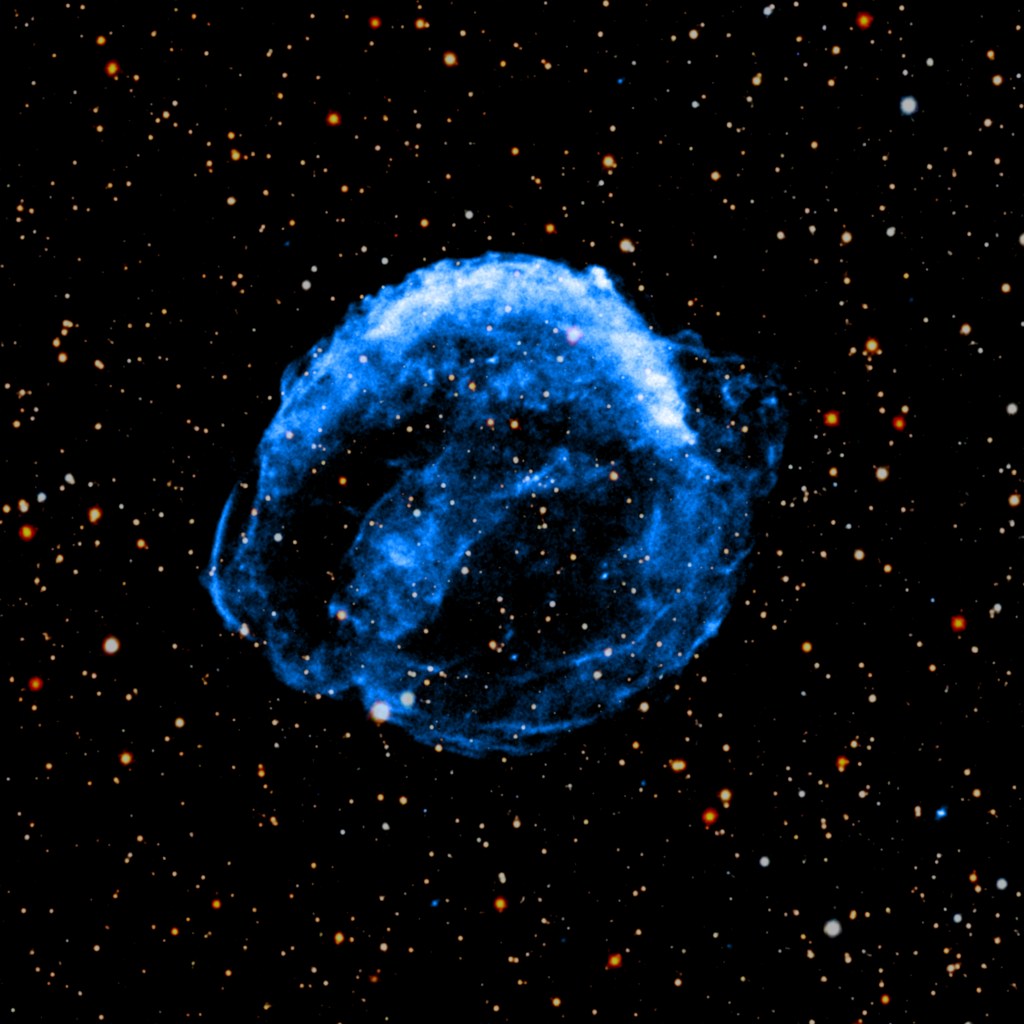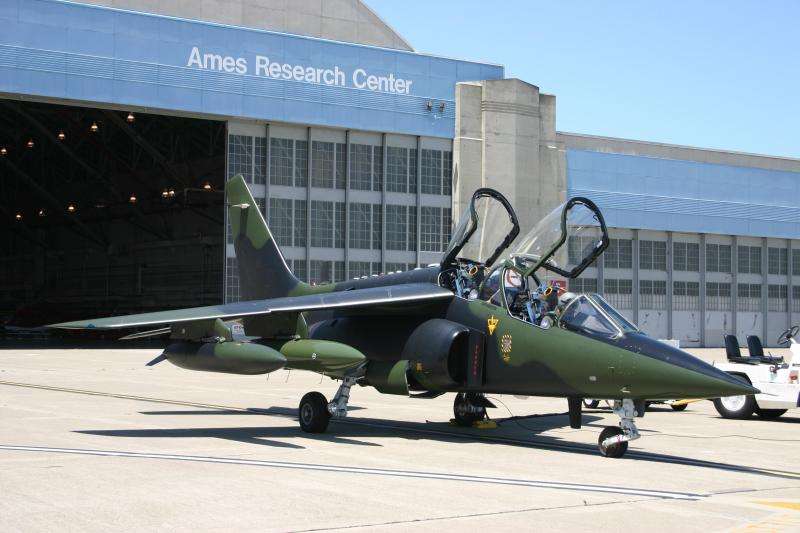1 min read
Hubble Images of Star Cluster 47 Tucanae Before and After Astronauts Fixed Hubble’s Flaw

These comparison images of the core of the globular cluster 47 Tucanae (NGC104) were taken with the COSTAR Corrected Faint Object Camera to show the improvement In performance when compared to images taken with the uncorrected camera.
(left) The pre-COSTAR image was taken on 27 October 1993 using the F/96 mode. Even prior to the servicng mission this was considered an impressive HST image. The star density is high and none of the stars are bright enough to show the halo caused by a flaw in Hubble's primary mirror.
(right) The COSTAR-corrected image was taken on l0th January 1994 reveals stellar images that are crisp and clean, and stellar magnitudes and colors can be accurately measured. (The pre-COSTAR image was rotated and magnified to match the scale and orientation of the COSTAR-corrected image, and both images are 14 arcseconds on a side).
A preliminary analysis of the data reveals the apparent presence of white dwarf stars in the image. Prior to the Hubble observation white dwarfs have generally been too dim to be seen within such a cluster. A globular cluster is a tight aggregate of thousands to millions of very old stars.
White dwarfs are the earth-sized remains of ordinary stars like the Sun. Finding them in a known globular cluster allows accurate estimates of their age and provides clues to reconstructing their history.
About the Object
- R.A. PositionR.A. PositionRight ascension – analogous to longitude – is one component of an object's position.00h 24m 5.19s
- Dec. PositionDec. PositionDeclination – analogous to latitude – is one component of an object's position.-72° 4' 49.9"
- Object NameObject NameA name or catalog number that astronomers use to identify an astronomical object.47 Tucanae, NGC 104
- Release DateJanuary 14, 1994
- Science ReleaseHubble Uncovers Faint Stars in the Core of Globular Cluster
- Credit
Share
Details
Claire Andreoli
NASA’s Goddard Space Flight Center
Greenbelt, Maryland
claire.andreoli@nasa.gov

